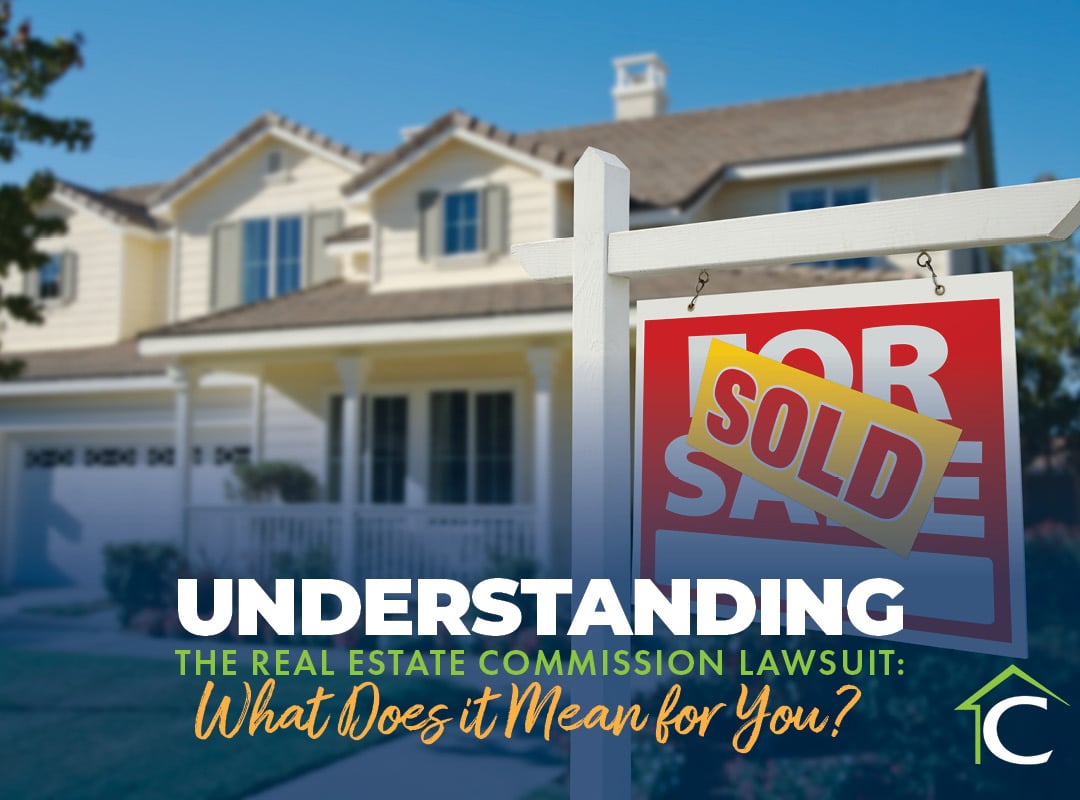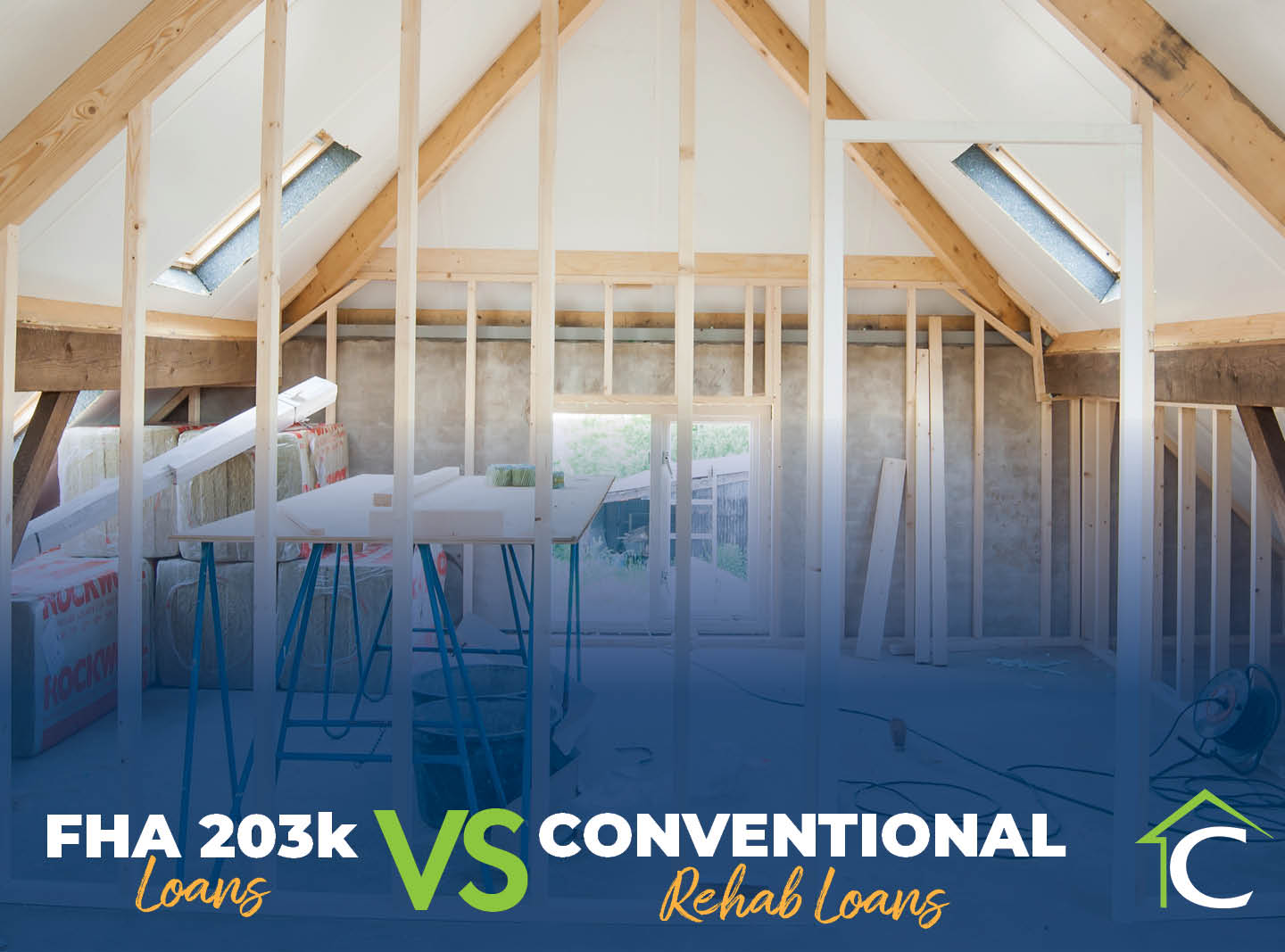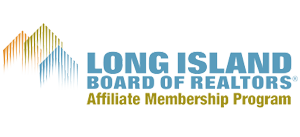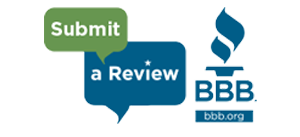Many homeowners refinance their mortgage loans. Numerous senior homeowners inquire about reverse mortgages. Neither may be aware of the option to refinance a reverse mortgage, however.
To refinance a reverse mortgage, consult a financial expert to learn if it’s the right decision, then contact your mortgage lending company for additional information about qualification requirements, and to apply.
Here’s a quick explanation of what a reverse mortgage is and how refinancing works:
A reverse mortgage, or Home Equity Conversion Mortgage (HECM), enables homeowners aged 62 and older to utilize home equity to supplement their income with either a lump sum, line of credit, or monthly payments. As discussed in one of our previous blog posts, reverse mortgage funds can be used for everyday living expenses, or to pay off any debts, medical bills, or other financial obligations. It doesn’t require a borrower to be mortgage free, or lose their “homeowner” title, either. There no tax implications, and the loan typically doesn't come due until the homeowner's death.
Refinancing a mortgage is an option for homeowners looking for some assistance with their loan. As explained in another one of our posts, you’re basically financing a new mortgage loan to pay off your current one. Refinancing your reverse mortgage may yield lower interest rates, higher loan limits, or other advantages.
As the federal Consumer Financial Protection Bureau, established to help consumers working with financial institutions, explains in its Reverse Mortgage Report to Congress: “The HECM Refinance program allows borrowers in limited circumstances to refinance their existing HECM loans to obtain better terms.”
“Prior to 2004, there were no special procedures for refinancing a HECM," it continues. "Any borrower wishing to refinance would have submitted a new loan application, paid a new round of upfront fees, including the upfront MIP [mortgage insurance premium] and paid off the old HECM at closing of the new HECM.”
This changed in March 2004, when the Federal Housing Administration (FHA) “published a new rule implementing Section 201 of the American Homeownership and Economic Opportunity Act of 2000," it adds. "The new rule provided for a special refinance option in which the borrower was only required to pay the upfront MIP on the difference between the original appraised value and the new appraised value (or FHA loan limit, whichever is less) used to underwrite the refinance.”
Learn more about the American Homeownership and Economic Opportunity Act of 2000.
The first step to refinancing a reverse mortgage is consulting with a knowledgeable financial consultant to review your finances and assess whether or not this would be a beneficial move. Next is contacting your trusted mortgage lending company, to learn more about the requirements. Loan originators can also provide additional details regarding the pros and cons. If you don’t meet the requirements, they can also work with you to help you qualify at a later date.
Contour Mortgage has been helping applicants refinance their home mortgages and obtain reverse mortgages, as well as other loans, for more than two decades. Contact us today to learn more about our services and how we can help.
















